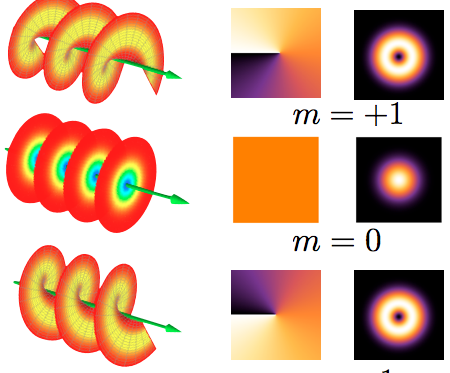Twisted light beats quantum light
Ars Technica » Scientific Method 2013-12-23

The cool thing about science is that, even in the areas that you think you are pretty knowledgeable, surprises abound. This is what keeps me turning up to work (occasionally) and (even more occasionally) committing the crime of science writing. In this case, I get to combine a work interest (using light to measure stuff) with one of last century's passing fads (light with orbital angular momentum).
I'm being a little unfair to the community of researchers who play with twisted light. In the '90s, twisted light was a big deal. Then after the echoes from the gasps of amazement died down, it proved to be difficult to sustain broad interest. Nevertheless, there is a core of researchers who are still investigating and finding uses for these strange light fields. In a recent paper, some of those researchers have shown that imparting orbital angular momentum to a light field allows one to make certain types of measurements with an accuracy that would otherwise be impractical, if not entirely impossible.
In many types of optical measurements, we rely on the accurate alignment of two coordinate systems. Imagine a light beam that gets split in two. One light beam goes to some reference, where its polarization is measured. The second light beam has something done to it, and then its polarization is measured by some other instrument.
Read 17 remaining paragraphs | Comments